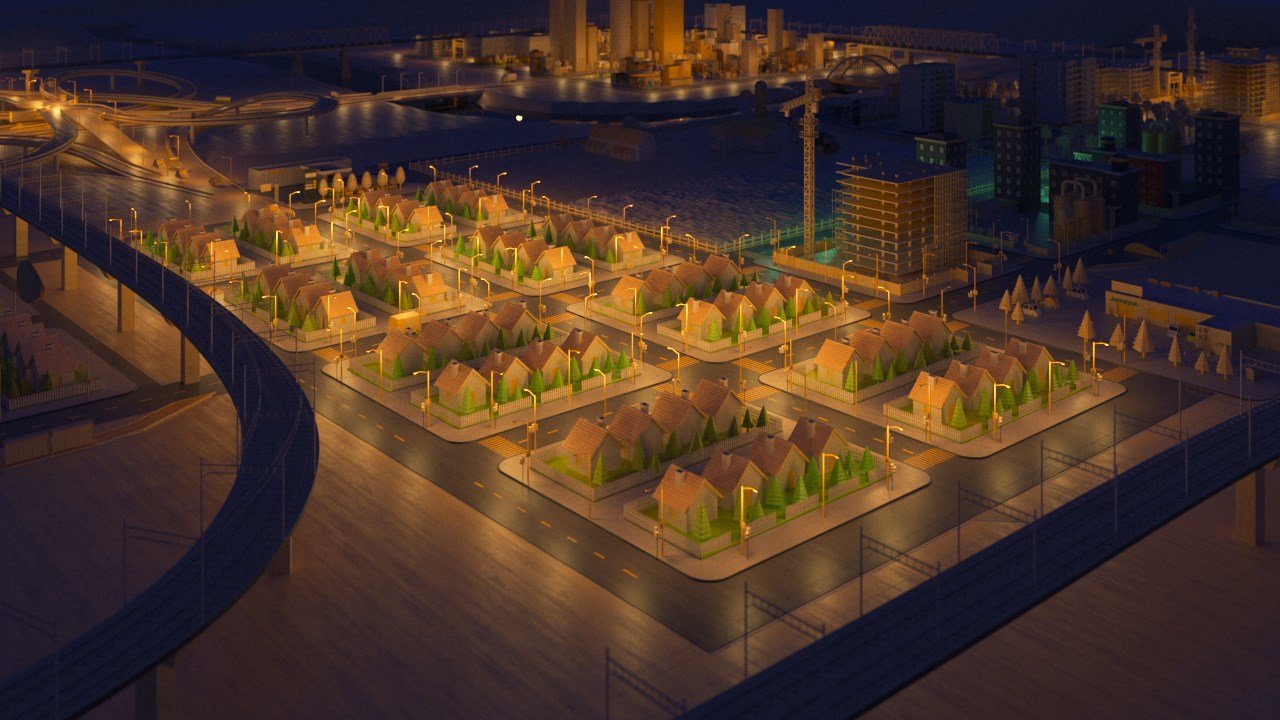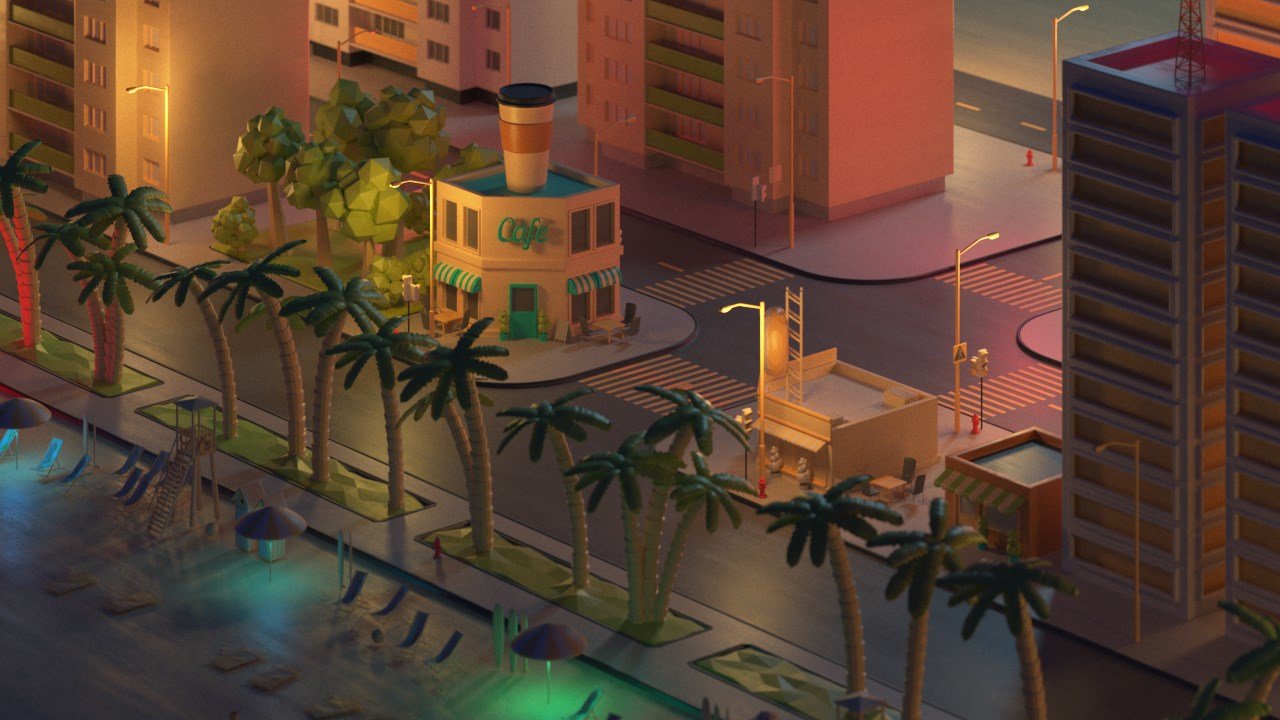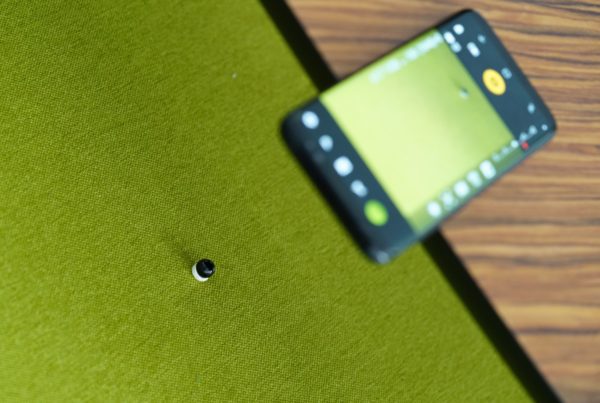Something very good is about to be added to V-Ray. It’s called Adaptive Lights and it speeds up rendering huge amounts of lights. Still under R&D but it’s already very impressive. And It makes me very happy as for quite some time I’ve been unimpressed by the speed of rendering lots of V-Ray Lights. As usual Chaos Group team listened and created something simply amazing.
I’m excited. Check out why:
For this image render times went down from 43:37 to 10:29 :

For this one render times went down from: 53:59 to 7:31

I trust numbers and like to test a lot on variation of scenes. So I took shots we did in the past and calculated how much faster it would be on average compared to Probabilistic Lights or Full approach:
https://docs.google.com/spreadsheets/d/1TeluZJFuUcycV6FG7RPwMW_0hSc8w-q_cU6SHXOsWeI/edit?usp=sharing
My personal thoughts based on those tests:
- Probabilistic lights are not universal solution for scenes containing huge amounts of lights.
- It’s smart, it adapts to the conditions of scenes and users don’t have to worry about playing with settings as much as they had with Probabilistic lights.
- New approach is more universal and compared to Probabilistic Lights it will be a lot faster.
- More lights = bigger the difference. It will render very fast regardless of number of lights.
- It’s good to complain that something is slow ;)…
If you have access to nightly builds, you can test it out already (use maxscript code for that “renderers.current.options_probabilisticLights=2” ). This is still under research and development but it’s supposed to be included in next service pack.
If you would like to learn more about adaptive lights I recommend you to visit this ChaosGroup Lab blog post .




Hi. I need the source file(s) you used for demo.. For a very well paying commercial gig that just came up. Tnks!
Hi, I’m an old Vray user but quite new to Vray 3.6. I have a scene prepared on Vray 3.4. Having an Adaptive Light problem with the scene, but not sure if the 3.4 materials cause this problem. The thing is when I try to use Adaptive Lights option with Light Cache, I get some white dots on glossy areas. Just like the ones when Sub-pixel mapping is off. Dots are in the size of a pixel, totally random and when I render a range, they pop in an animation scene like fireflies. However, when I render the same scene with same settings but use BF + BF instead of BF + LC or when I change Adaptive Light to Full Light Evolution, that problem just disappears. I’m pretty sure Light Cache causes the problem. No matter how I change my LC properties, I couldn’t get rid of them. Looking for a solution on the Internet but Adaptive Lights option is quite new and couldn’t find anything. So any ideas?
Thanks,
Esat
No idea to be honest, but you should definitely report this to Chaos Group with a scene. They can look at it, find what’s the issue and fix it as it doesn’t sound like a correct behavior.
How do you download a scene ???
What do you mean ? Nobody said you can download that scene.
the code snippet is it with quotes and bracket or without? I a noob I know. 🙂
Without. Just write it here – https://www.dabarti.com/screens/88f1524c906-d84f-4695-afa8-7310377e3d4b.png and press enter. Remember that this works only in beta SP5 or latest nightly versions.
Very interesting thanks for sharing! Out of curiosity, how many lights are in the scene?
Thanks!
In older scenes it was in range of 20-100. In the city night shot it’s around 400.